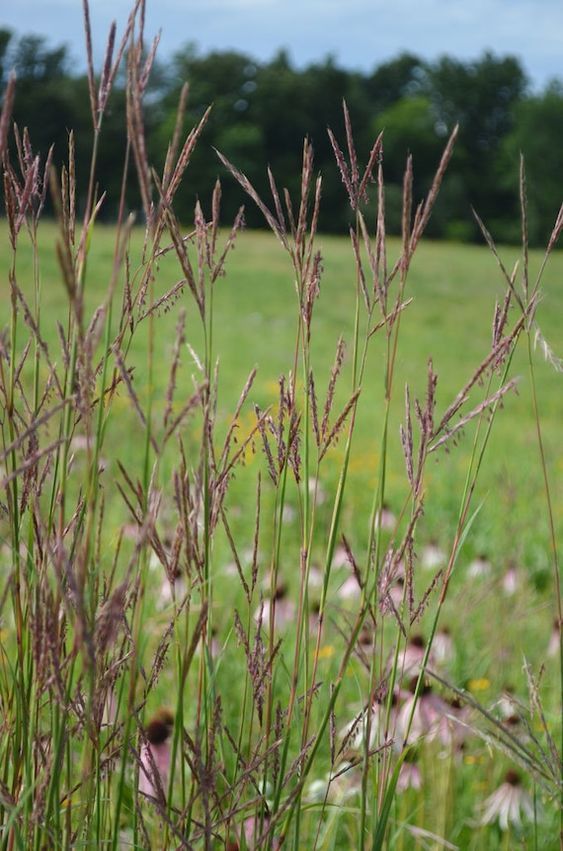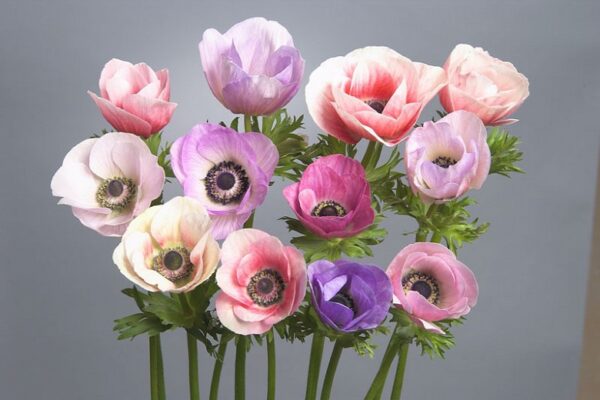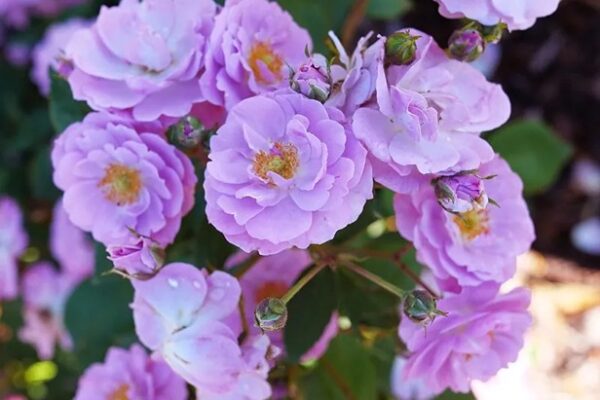Alive Plants to Include in Your Rain Garden
Creating a rain garden requires some effort and careful planning, but it can be an enjoyable process, especially when selecting the plant material. This step is essential in ensuring the success of your rain garden. It is crucial to choose the right plants and place them in the appropriate areas, which will determine whether your garden will thrive or turn into a stagnant, unattractive mess.
A rain garden typically has three planting zones: the edge, the slope, and the base. The edge is the highest part of the garden, where water flows in during heavy rain. The slope is a transitional area between the edge and the base, where the water slows down and infiltrates into the soil. The base is the beautiful lowest part of the garden, where water is held for a short period, allowing plants to absorb it.
When selecting plants for a rain garden, it is essential to consider their moisture tolerance and adaptability to the different planting zones. For instance, beautiful plants that are tolerant of dry conditions should be planted on the edge since this area is usually the driest part of the garden. On the slopes, choose plants that can handle medium moisture with occasional dry conditions. Finally, for the base of the garden, select plants that can thrive in wet conditions and standing water.
By following these guidelines, you can create a thriving mini-ecosystem in your rain garden with native plants that help the environment after every rainstorm while still looking beautiful. Selecting the right plants and placing them in the appropriate areas is crucial in achieving this goal.
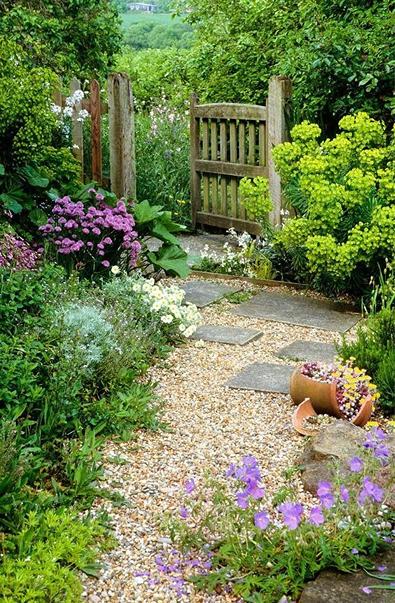
Blue Aster (Symphyotrichum laeve)
USDA Growing Zones: 3-8
Color Varieties: Violet to purple rays and yellow centers
Sun Exposure: Full sun
Soil Needs: Dry to medium, well-drained soil
Rain Garden Placement: On the edge
Smooth blue aster is a beautiful flowering plant that can be an excellent addition to your rain garden. It is an ideal choice for adding some vibrant color to the top edge of your garden. This plant’s bloom time is typically in the late summer and fall, making it an excellent choice for extending your garden’s color into the fall season.
Smooth blue aster is also a valuable food source for pollinators, particularly the Pearl Crescent butterfly. This butterfly species depends on the plant as a host for its eggs and as a food source for its caterpillars. By including smooth blue aster in your rain garden, you will be supporting the life cycle of these beneficial creatures and contributing to their population growth.
Furthermore, this plant is relatively easy to care for beautiful, requiring minimal maintenance once established. It can tolerate a wide range of soil conditions and is drought-tolerant, making it an ideal choice for a rain garden.
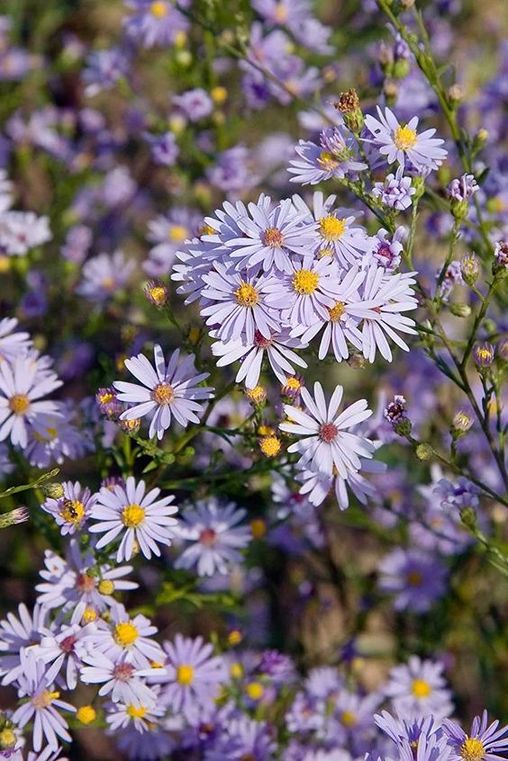
New York ironweed (Vernonia noveboracensis)
USDA Growing Zones: 5-9
Color Varieties: Purple
Sun Exposure: Full sun
Soil Needs: Medium to wet soils
Rain Garden Placement: On the slope or in the base
New York ironweed is a great choice for your rain garden, particularly in the base area. This plant grows in a dense mounding shrub-like form and is extremely adaptable to various growing conditions, making it an ideal choice for your rain garden.
Ironweed offers several ecological benefits to pollinators, including bees and butterflies. The plant’s vibrant purple flowers provide a nectar source for these pollinators, making it a valuable addition to your garden. Additionally, if left to grow naturally, New York ironweed can provide shelter for small wildlife, creating a mini-ecosystem within your rain garden.
It is worth noting that if you allow New York ironweed to grow beautiful and shrubby, it can become disorderly. However, this natural growth pattern can provide additional benefits to the garden’s ecosystem by offering a more diverse range of habitats for various wildlife species.

Wild Bergamot (Monarda fistulosa)
USDA Growing Zones: 3-9
Color Varieties: Pink/lavender/red
Sun Exposure: Full sun
Soil Needs: Medium moisture
Rain Garden Placement: On the slope
Wild bergamot is an excellent choice when planning your rain garden and it is a stunning flower that provides numerous benefits. Firstly, it attracts pollinators, such as bees and butterflies, making it a valuable addition to your garden’s ecosystem. The plant’s beautiful blooms also add an aesthetic appeal to your garden, making it a pleasing sight to behold.
In addition to its beauty and pollinator-attracting capabilities, wild bergamot can also help with water infiltration in your rain garden. This plant is known for its deep root system, which can help absorb excess water and prevent soil erosion. This, in turn, helps to maintain a stable environment for other plants and wildlife within your rain garden.
One of the main draws of any beautiful bergamot plant, including wild bergamot, is the complimentary tea you can make from its flowers. The tea is often used for its medicinal properties and is believed to help alleviate cold and flu symptoms, among other ailments.

Cardinal Flower (Lobelia cardinalis)
USDA Growing Zones: 3-9
Color Varieties: Red
Sun Exposure: Full sun
Soil Needs: Medium to wet soils
Rain Garden Placement: On the slope or in the base
This eye-catching red flower is a versatile addition to your rain garden design as it can be placed either in the bottom or along the slope of the garden, providing some flexibility in your plant placement. This makes it a valuable plant to include in your garden, as it can help you create a unique and dynamic design.
As with all plants on the list, this beautiful red flower is valuable for its water absorption capabilities, which can help prevent soil erosion and maintain a stable environment for other plants and wildlife in your garden. Additionally, this plant serves as a nectar source for pollinators, making it a valuable addition to your garden’s ecosystem. In particular, hummingbirds are known to love the blooms of this beautiful red flower, making it an attractive option for bird enthusiasts.
Overall, this attractive red flower is a valuable addition to any rain garden design, as it offers both aesthetic and functional benefits. Its versatile placement options make it an excellent choice for adding flexibility to your design, while its water absorption and pollinator-attracting capabilities make it an essential component of your garden’s ecosystem. The hummingbirds’ love for the blooms of this plant adds an extra layer of appeal to this already valuable addition to your rain garden.
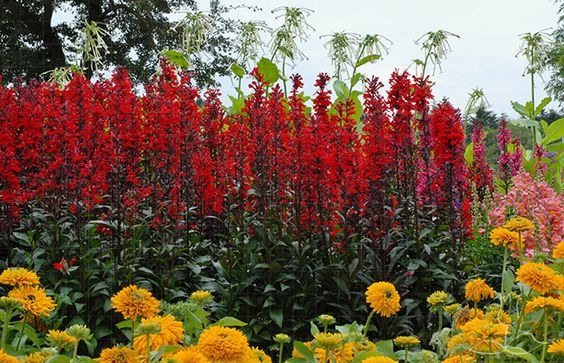
Switch Grass (Panicum virgatum)
USDA Growing Zones: 3-9
Color Varieties: Pink
Sun Exposure: Full sun
Soil Needs: Moist to wet soils
Rain Garden Placement: In the base
Switch grass is an excellent choice for a non-flowering plant that can thrive in the wet areas of your rain garden. This plant is visually appealing throughout all seasons, providing an aesthetic appeal to your garden even when it is not in bloom.
One of the most significant benefits of beautiful switch grass is its ability to absorb water effectively into its fibrous root system. This can help prevent soil erosion and maintain a stable environment for other plants and wildlife in your garden. Additionally, switch grass can filter out pollutants, making it an effective tool for improving water quality.
Overall, switch grass is a valuable addition to your rain garden, providing both aesthetic and functional benefits. Its ability to absorb water effectively and filter out pollutants makes it a crucial component of your garden’s ecosystem, while its year-round visual appeal makes it an excellent choice for adding diversity and interest to your garden design.
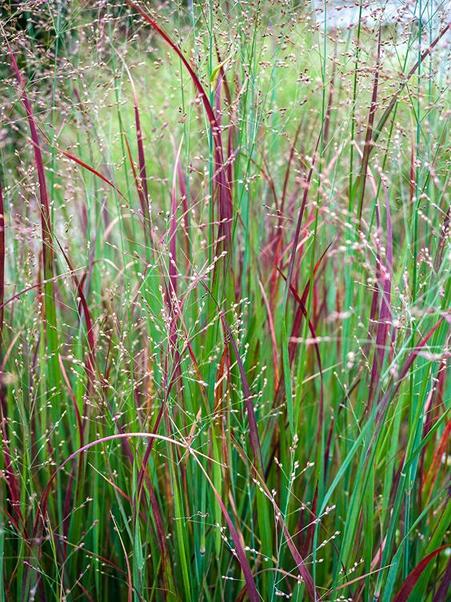
Red Columbine (Aquilegia canadensis)
USDA Growing Zones: 3-8
Color Varieties: Light pink/yellow to red/yellow
Sun Exposure: Full sun
Soil Needs: Average, medium
Rain Garden Placement: On the slope
The columbine plant is not only distinctive in appearance, but it also possesses a root system that is highly advantageous for water absorption. This means that it can effectively retain water in the soil, especially in areas where there is an excess of water. Additionally, the beautiful columbine’s root system is capable of creating a dense matrix that can manage erosion along the slope of your garden. This is particularly beneficial in rain garden situations where water overflows the edge of your garden or along the inlet. By planting columbine, you can help prevent soil erosion and water runoff, while also enjoying the aesthetic appeal of this unique and hardy flower.
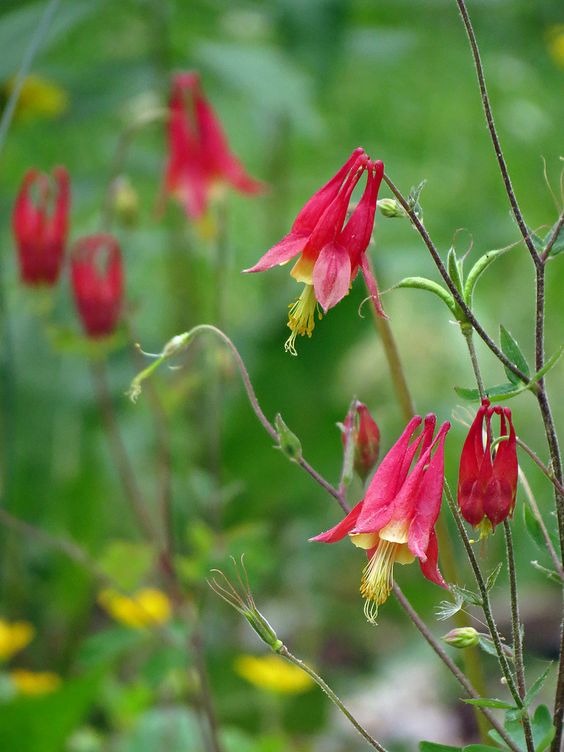
Swamp Rose Mallow (Hibiscus moscheutos)
USDA Growing Zones: 5-9
Color Varieties: White to pink
Sun Exposure: Full sun
Soil Needs: Medium to wet soils
Rain Garden Placement: In the base
The Swamp Mallow is an excellent plant choice to serve as a centerpiece in your rain garden design. Its strikingly beautiful, large flowers are almost the size of dinner plates, making it an eye-catching addition to your garden. If you place it in a prominent position at the base of your garden, it can act as a focal point and draw attention to its beauty.
By placing the beautiful Swamp Mallow in the base of your garden, you can ensure that it has access to the consistent moisture it needs to thrive. This is important because it can help ensure the longevity of the plant and allow it to reach its full potential.
The Swamp Mallow is a valuable addition to your rain garden, providing both aesthetic and functional benefits. Its large, beautiful flowers make it an excellent choice for serving as a centerpiece in your garden design, while its preference for wet conditions makes it an ideal plant to place at the base of your garden. By placing it in a prominent position, you can showcase its beauty and draw attention to its unique features.
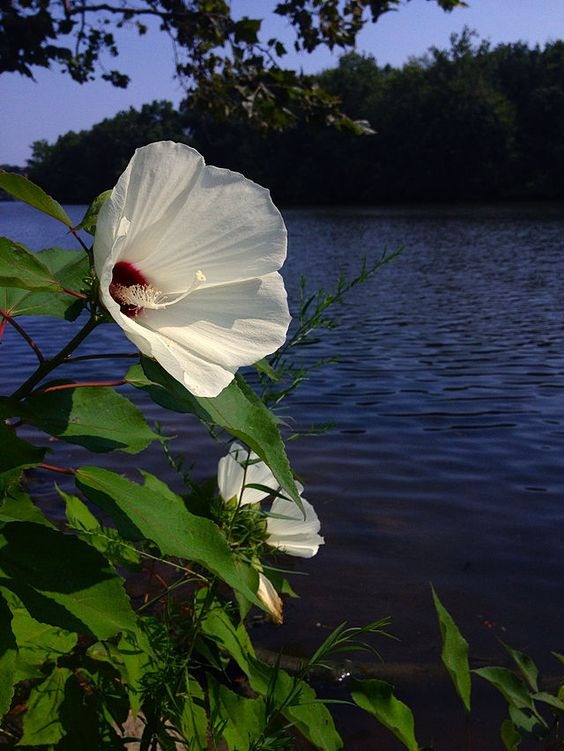
Beardtongue (Penstemon hirsutus)
USDA Growing Zones: 3-8
Color Varieties: White
Sun Exposure: Full sun
Soil Needs: Dry to medium moisture
Rain Garden Placement: On the edge
This plant has a unique name that comes from the follicles growing on its flowers. It is a versatile plant that can grow in a variety of conditions, but it thrives best in dry areas. If you want to add this plant to your rain garden, it is ideal to place it on the edge of the garden where it can benefit from the drier conditions.
By placing this beautiful plant on the edge of your rain garden, you can take advantage of its attractive blooms, which can serve as a food source for bumblebees, butterflies, and hummingbirds. This can help attract pollinators to your garden, which can contribute to the overall health of your garden’s ecosystem.
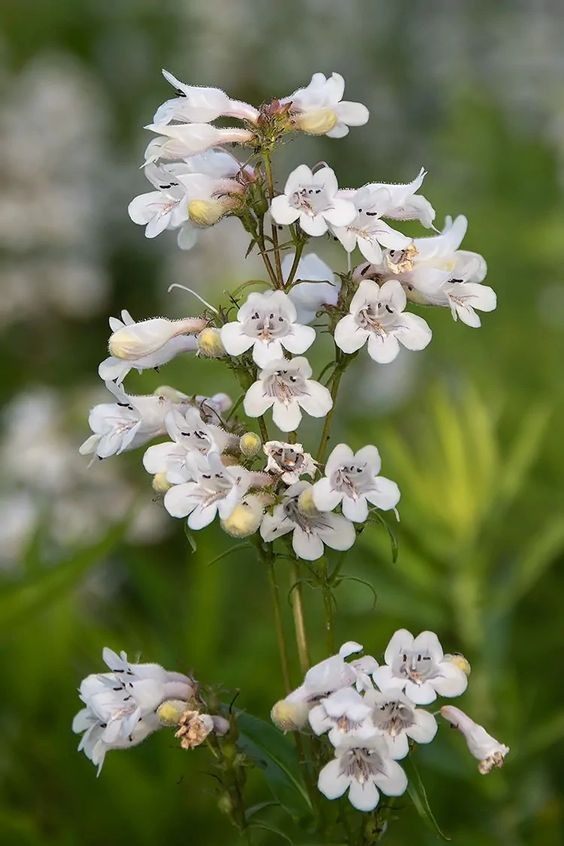
Blue Vervain (Verbena hastata)
USDA Growing Zones: 3-9
Color Varieties: Purplish-blue
Sun Exposure: Full sun
Soil Needs: Medium to wet
Rain Garden Placement: On the slope or in the base
Blue Vervain is a versatile plant that can be a valuable addition to any rain garden. One of the plant’s advantages is its flexibility, as it can thrive in a range of growing conditions. It is adaptable enough to be placed in various locations within the rain garden, making it a useful option for designing a flexible and functional garden.
One great thing about beautiful Blue Vervain is that it can be placed along the slope or at the bottom of the garden’s base, and it will still thrive in both locations. This flexibility allows you to design your rain garden in a way that meets your specific needs while still benefiting from the plant’s aesthetic and ecological qualities.
In terms of ecological benefits, Blue Vervain is an excellent nectar source for pollinators such as bees, butterflies, and moths. Additionally, its roots can help absorb excess water and filter out pollutants, contributing to the overall health of your garden’s ecosystem.

Ohio Spiderwort (Tradescantia ohioensis)
USDA Growing Zones: 4-9
Color Varieties: Deep blue
Sun Exposure: Full sun
Soil Needs: Dry to medium
Rain Garden Placement: On the edge
Ohio Spiderwort is a great option for your rain garden, particularly if you are looking for a plant that can add some height and structure to your landscape. It is native to the region and can tolerate drought conditions. The plant features beautiful grass-like leaves that can grow up to two or three feet tall, and its flowers are particularly unique, blooming only for a single day. However, be cautious when planting this species in southern climates as it can be aggressive in those regions.
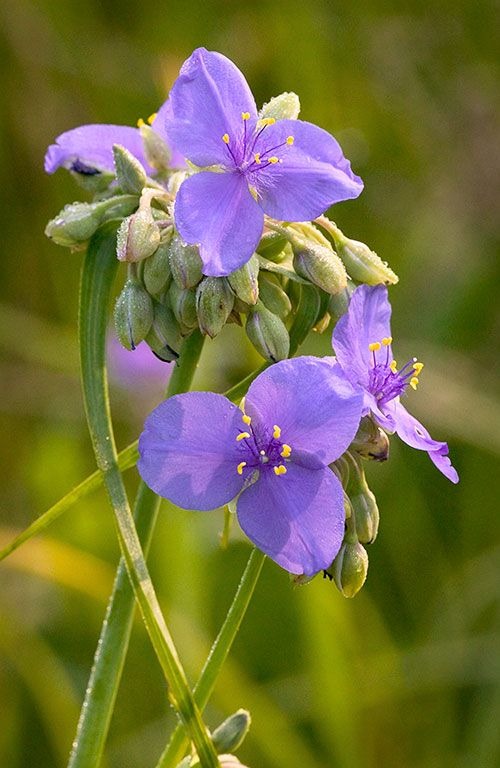
Blue Flag Iris (Iris Versicolor)
USDA Growing Zones: 3-9
Color Varieties: Violet-blue
Sun Exposure: Full sun
Soil Needs: Moist, wet, rich
Rain Garden Placement: In the base
The Blue Flag Iris is a stunning plant that can serve as the centerpiece of your rain garden. It is recommended to arrange the other plants around it as it has the potential to steal the show with its exotic appearance and impressive height. While the beautiful flowers of the Blue Flag Iris may not last very long, the plant’s root system remains and continues to function in the rain garden. Despite this drawback, the iris is still a valuable addition to your garden, as it provides both aesthetic appeal and functional benefits.
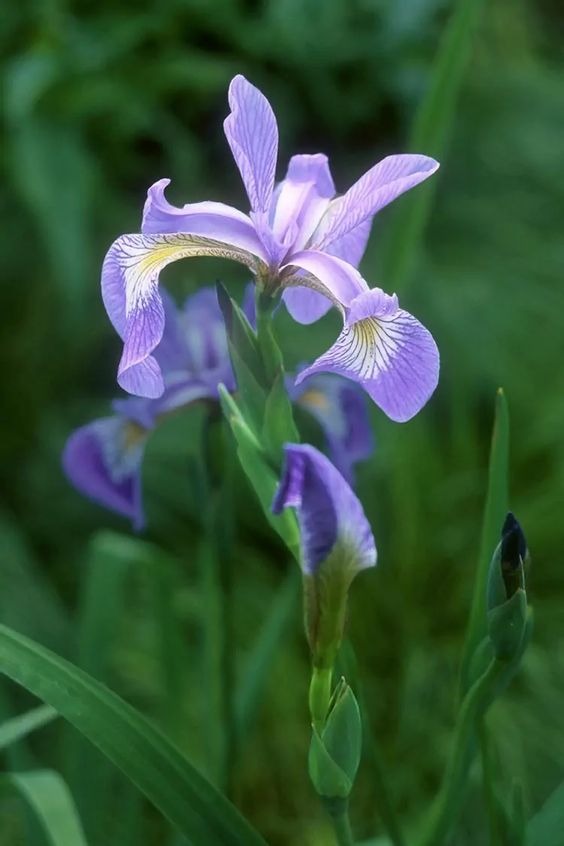
Leopard Plant (Ligularia)
USDA Growing Zones: 7-11
Color Varieties: Yellow
Sun Exposure: Shade
Soil Needs: Moist, wet
Rain Garden Placement: In the base
This herbaceous perennial plant from Asia is highly sought after for its bold green or burgundy leaves and stately yellow flower spikes. It is naturally found growing along stream banks or other water sources. You can choose to plant this beautiful plant in a variety of locations, such as a shade border, near a water feature, in a rain garden, or even in containers. Its versatility makes it a valuable addition to any garden, providing a pop of color and texture in areas that receive partial to full shade. They attract butterflies but are happily deer-resistant perennials.
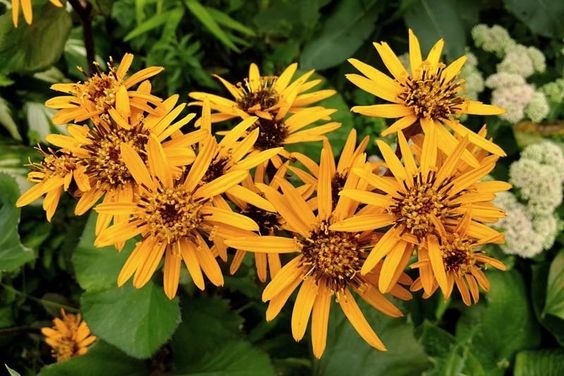
Butterfly Weed / Milkweed (Asclepias)
USDA Growing Zones: 3-9
Color Varieties: Yellow, Orange
Sun Exposure: Full
Soil Needs: Moist, wet, rich
Rain Garden Placement: In the base
Milkweed is a native pollinator plant and a crucial food source for monarch butterfly larvae. The Swamp milkweed, along with other milkweed species, thrives in wetlands, marshes, and roadside ditches. It is a reliable flowering perennial that can be used in a habitat rain garden. Its role in the ecosystem is critical, as it not only provides nectar for pollinators but also serves as a host plant for monarch butterflies to lay their eggs. Therefore, adding milkweed to your rain garden is an excellent way to support local wildlife and create a beautiful, sustainable habitat.
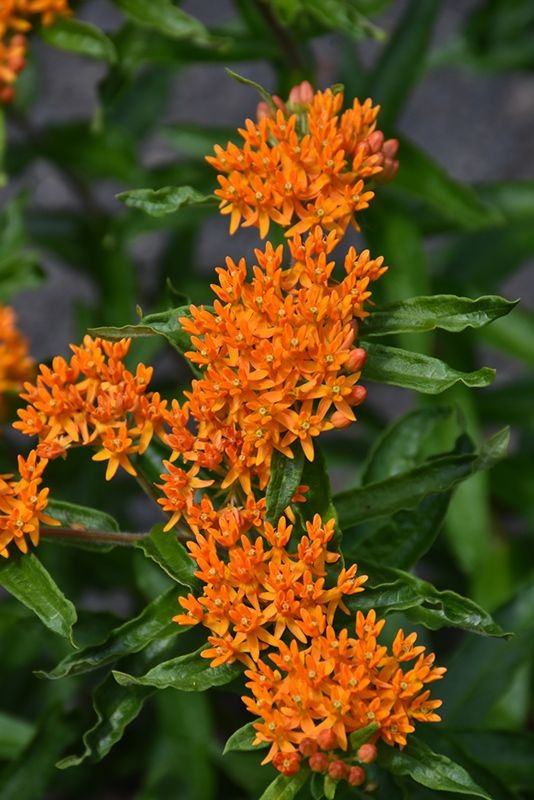
Joe Pye Weed (Eutrochium)
USDA Growing Zones: 4-9
Color Varieties: Yellow, Orange
Sun Exposure: Full
Soil Needs: Moist, well Drained
Rain Garden Placement: On the slope
This North American native perennial is known for its showy late-season pink flower plumes that are a favorite of butterflies and other insect pollinators. It naturally grows in wet meadows, roadside ditches, and moist thickets, and can be easily naturalized in a meadow or at the edge of a beautiful rain garden.
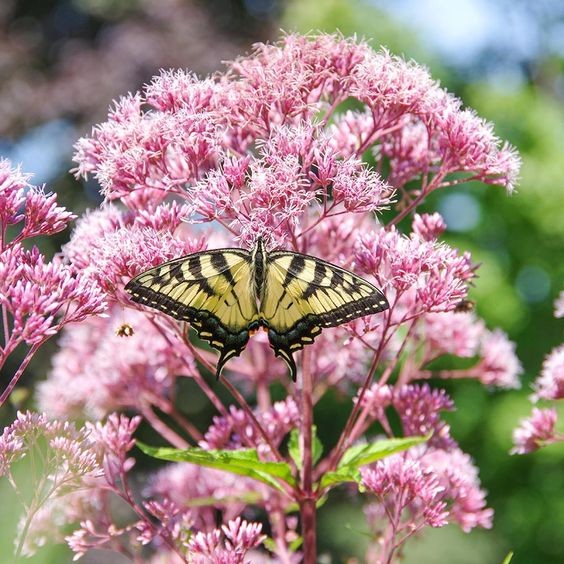
Big Bluestem (Andropogon gerardii)
USDA Growing Zones: 4-9
Color Varieties: Purplish-red
Sun Exposure: Full sun
Soil Needs: Moist, well-draining
Rain Garden Placement: In the base
It is important to incorporate native grasses, sedges, and rushes into your rain garden due to their deep root systems, which act as an efficient filtration method for contaminants while also allowing for efficient groundwater infiltration. When selecting plants for your rain garden, it is essential to choose ones that have multiple functions, including providing beautiful aesthetic and ecological benefits. Big Bluestem is an excellent choice because, in addition to its water absorption and filtration abilities, it also serves as an attractive grass while in bloom and during the fall and winter. Furthermore, it is a food source for birds and other wildlife while offering shelter for insects and butterfly and moth larvae. By choosing a plant like Big Bluestem, you can ensure that your rain garden is not only functional but also beautiful and ecologically beneficial.
